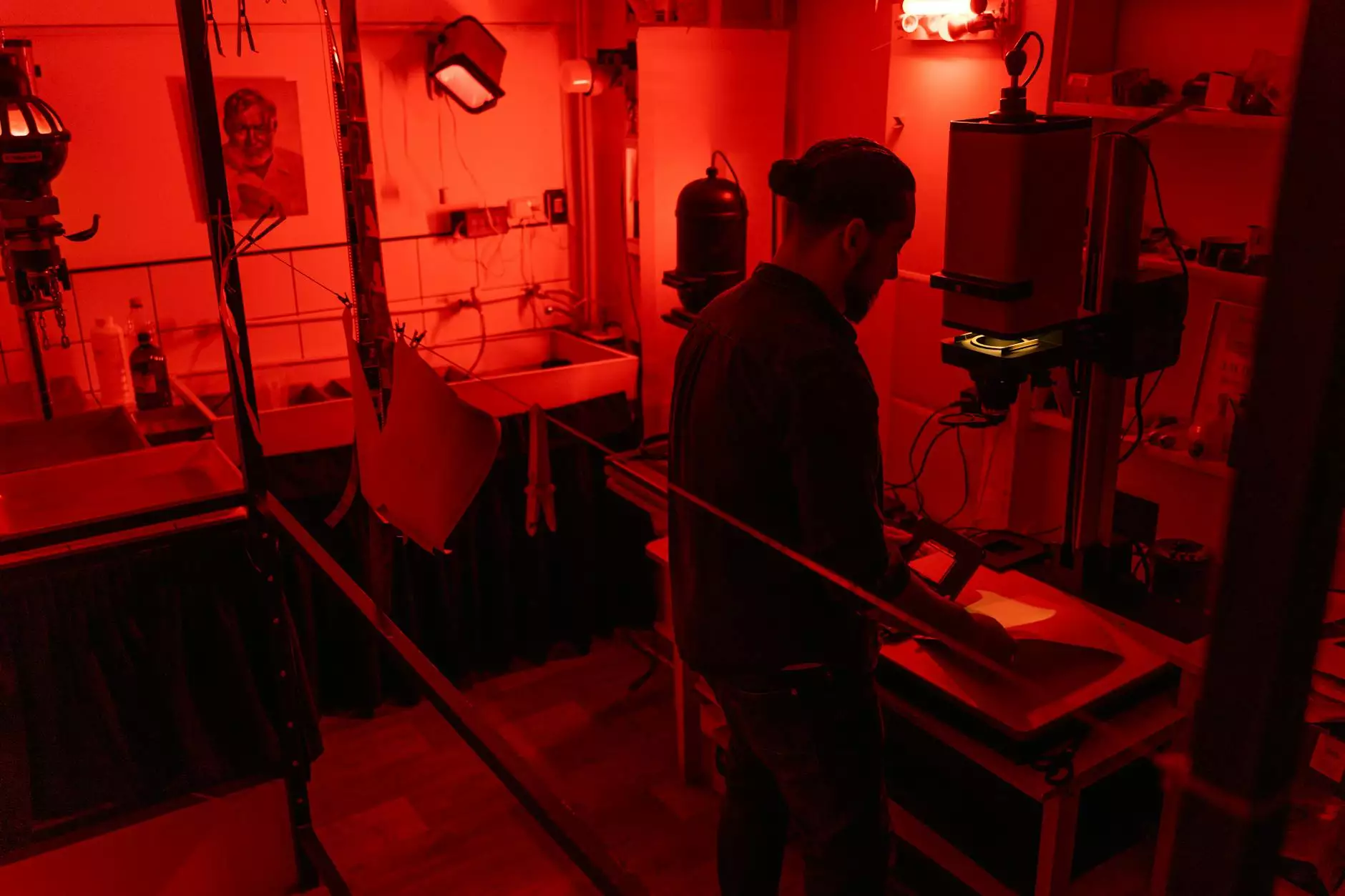Understanding UV Ink: Revolutionizing Printing Solutions

In the ever-evolving landscape of printing services, one term that has gained significant traction is UV ink. But what is UV ink? This article delves into the essence of UV ink, exploring its benefits, applications, and why it is becoming a go-to solution for businesses looking to enhance their printing projects. In this comprehensive discussion, we unravel the intricacies of UV ink and how it can transform your printing endeavors.
What is UV Ink?
To put it simply, UV ink is a type of ink that cures or dries when exposed to ultraviolet (UV) light. Unlike traditional inks that rely on evaporative solvents, UV inks use a photochemical reaction that allows them to dry rapidly, offering several advantages in terms of quality and efficiency.
The Composition of UV Ink
UV ink is made up of several key components:
- Monomers: These are the building blocks of the ink that polymerize during the UV curing process.
- Oligomers: These larger molecules provide viscosity and film-forming properties.
- Photoinitiators: Chemicals that initiate the curing process when exposed to UV light.
- Colorants: Pigments or dyes that provide the desired color.
The Benefits of Using UV Ink
Understanding the advantages of UV ink is crucial for decision-makers in the printing industry. Here are some compelling benefits:
1. Faster Curing Times
One of the most significant benefits of UV ink is its rapid curing time. Unlike traditional inks that may take hours to dry, UV inks cure in seconds when exposed to UV light. This efficiency leads to increased productivity and allows for quicker turnaround times on projects.
2. Vibrant Color Quality
UV inks offer exceptional color vibrancy and consistency. The ink sits on the surface of the substrate, providing higher levels of brightness compared to conventional inks that can become absorbed into the paper.
3. Durability
UV ink prints are known for their superior durability. The curing process forms a tough, resilient layer, making UV-printed materials more resistant to scratching, fading, and weather damage.
4. Versatility in Substrates
Another remarkable feature of UV ink is its ability to adhere to a wide variety of substrates. Whether it be plastic, metal, glass, or wood, UV ink can handle almost any surface, providing creative freedom for designers and businesses alike.
Common Applications of UV Ink
The versatility of UV ink has led to its adoption in various applications across multiple industries:
1. Commercial Printing
From brochures to business cards, UV ink is prevalent in commercial printing due to its quick drying time and high-quality results.
2. Packaging Industry
The packaging industry benefits immensely from UV ink. Its vibrant colors make for eye-catching packages, crucial for attracting consumers. Additionally, its durability ensures that products maintain their visual appeal throughout the supply chain.
3. Signage and Banners
UV ink is ideal for creating outdoor signage and banners, as it is resistant to fading and weather elements, ensuring that messages remain clear and vibrant.
4. Textile Printing
Recent advancements have enabled the use of UV inks in textile printing, opening up new opportunities for custom apparel and innovative designs.
Environmental Considerations of UV Ink
As businesses strive to adopt more sustainable practices, the environmental impact of printing processes comes into focus. Here’s how UV ink compares:
1. Reduced Volatile Organic Compounds (VOCs)
Traditional inks can emit high levels of VOCs, harmful chemicals that contribute to air pollution. UV inks typically emit very low to zero levels of VOCs during the curing process, making them a more environmentally friendly option.
2. Less Waste
Because UV ink dries instantly, there is usually less ink waste compared to traditional methods. Any excess ink can often be reused, minimizing environmental impact.
3. Energy Consumption
While UV curing requires energy to power the UV lamps, advancements in technology have led to more energy-efficient curing systems, making UV printing a viable option for businesses looking to reduce their carbon footprint.
Challenges in Using UV Ink
While UV ink has many advantages, it’s important to be aware of some challenges:
1. Initial Investment
The upfront cost of UV printing equipment can be significant. However, the long-term savings and benefits often outweigh these initial expenses.
2. Ink Flexibility
UV prints can be less flexible than solvent-based prints, making them unsuitable for certain applications where flexibility is required.
3. Specialized Training
To fully leverage the capabilities of UV ink, operators may require specialized training to handle the equipment effectively.
Conclusion: Embrace the Future with UV Ink
In summary, UV ink represents a transformative technology in the world of printing. Its rapid curing, vibrant colors, durability, and versatility serve as compelling reasons for businesses in the printing industry to adopt this solution. As we continue to seek innovations that marry efficiency and quality, understanding what UV ink is and its far-ranging benefits is essential for any organization looking to stay ahead in the competitive landscape of printing services.
Whether you are involved in commercial printing, packaging, signage, or textiles, embracing UV ink technology can significantly enhance your offerings and live up to the demands of modern consumers. Reach out to Boston Industrial Solutions to learn more about how we can help you integrate UV ink into your printing solutions.









